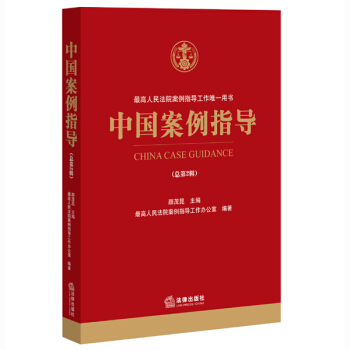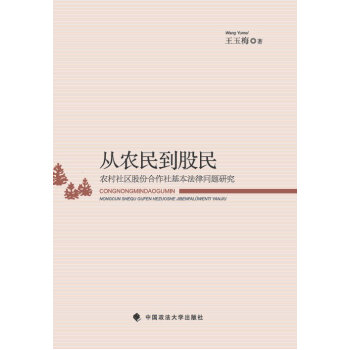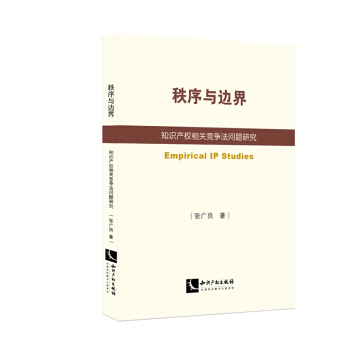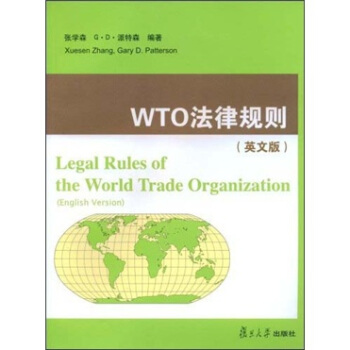

具体描述
编辑推荐
《WTO法律规则(英文版)》主要是根据高等院校国际经济与贸易专业《WTO法律规则》(英文版)双语课程教学的要求而编写,兼顾了法学专业、商务英语、国际金融等专业相关课程教学的需要,同时也可以作为社会各界,特别是与WTO业务相关或对WTO业务感兴趣的专业人士,训练使用英语研究WTO有关法律文件,阅读WTO英文原著文章,用英文处理WTO实际问题的精读材料;可以作为WTO各类专业人才系列培训、研讨活动的教材或参考资料,以及WTO法律英语爱好者的自学教材。内容简介
中国作为WTO的正式成员,既要享受应有权利,充分利用半个多世纪以来以来WTO为核心形成的多边贸易体制和贸易自由化的优秀成果,参与世界市场经济全球化的发展进程;又要承担相应义务,切实履行我国政府在人世谈判中的对外承诺,恪守WTO的基本规则和各项协定。因此,研究WTO有关规则、学习WTO专业知识、掌握WTO基本理念、培养WTO专业人才,成为摆在我们面前的一个长期的重要任务。 正是在这样的背景下,编者编写了此书。《WTO法律规则》既考虑了世界贸易组织(WTO)概论课程的特点,又努力满足WTO法律规则与实务课程的需要,试图找到介绍WTO概况与探讨其法律制度的某种平衡,因此是一个探讨和尝试。作者简介
Xuesen Zhang,LL.D, East China University of Political Science and Law, Arbitrator, Senior Economist, Associate Professor of Law, Director of the Law Faculty,Shanghai Finance UniversityGary D. Patterson,J.D, Western State University College of Law at Fullerton, Professor, California State University at San Bernardino, Adjunct Professor, University of California at Riverside
目录
Chapter One Theoretical Basis of the WTO1.1 The Theory of Comparative Advantage
1.1.1 Basics of the Theory
1.1.2 Historical Overview
1.1.3 David Ricardos Numerical Example
1.1.4 The Ricardian Model Assumptions and Results
1.2 The Theory of Market Economy
1.2.1 Spontaneous Order or “Invisible Hand”
1.2.2 Free Market Economy
1.2.3 Government Intervention
1.2.4 Criticism of Market Economy
1.3 The Theory of Sustainable Development
1.3.1 Scope and Definitions
1.3.2 History of Sustainable Development as a Policy Concept
1.3.3 The Earth Summit and Environmental Sustainability
1.3.4 WTO and Sustainable Development
CASE STUDY
CS 1.1 True Meaning and Intuition of the Theory of Comparative Advantage
CS 1.2 Chinas Market Economy Status(MES)
Chapter Two Development of the WTO
Chapter Two Development of the WTO
2.1 Basics of the WTO
2.1.1 The WTO in Brief
2.1.2 The Multilateral Trading System
2.1.3 The GATT Years: from Havana to Marrakesh
2.2 Development of the WTO
2.2.1 The 1947 GATT Agreement
2.2.2 GATT Multilateral Trade Negotiation Meetings
2.2.3 Uruguay Round and the World Trade Organization
2.3 The Organization of the WTO
2.3.1 Introduction to WTO Organization
2.3.2 WTO Organization Chart
2.3.3 Membership, Alliances and Bureaucracy
2.3.4 The Secretariat Chart
2.3.5 Special Policies
2.4 China and WTO
2.4.1 Chinas WTO Entry
2.4.2 The Right-and-Duty Balance in the WTO
CASE STUDY
CS 2.1 Doha Development Round
Chapter Three Basic Principles of the WTO
3.1 Reciprocity
3.1.1 Two Folds of Reciprocity
3.1.2 WTO Rules of Reciprocity
3.1.3 Theoretical Interpretation of Reciprocity
3.2 Non-discrimination
3.2.1 Most-favoured-nation (MFN)
3.2.2 National Treatment: Treating Foreigners and Locals Equally
3.3 Liberalization of Trade
3.3.1 Liberalization for Goods
3.3.2 Liberalization for Services
3.3.3 Limits to Liberalization
3.4 Transparency
3.4.1 Introduction to Transparency
3.4.2 Publication and Administration of Trade Regulations
3.4.3 Transparency Rules for GATS
3.4.4 Transparency Rules for TRIPS
3.4.5 Trade Policy Review Mechanism ( "TPRM" )
CASE STUDY
CS 3.1 MFN Exception: Promotion of Regional Intergration-Custom Unions
CS 3.2 National Treatment
Chapter Four Trade in Goods
4.1 Basics of Trade in Goods
4.1.1 GATT 1994
4.1.2 Interpretation of GATT 1994 Articles
4.1.3 Basic Principles of the GATT 1947/1994
4.2 Tariff Concessions
4.2.1 Tariffs: More Bindings and Closer to Zero
4.2.2 Tariff Cuts
4.2.3 More Bindings
4.2.4 Tariffs and Agriculture
4.3 Non-tariff Measures
4.3.1 Standards and Safety
4.3.2 Import Licensing: Keeping Procedures Clear
4.3.3 Rules for the Naluation of Goods at Customs
4.3.4 Preshipment Inspection: a Further Check on Imports
4.3.5 Rules of Origin
4.3.6 Investment Measures: Reducing Trade Distortions
4.4 Trade in Specific Products
4.4.1 Textiles and Clothing
4.4.2 Information Technology Agreement
CASE STUDY
CS 4.1 Sanitary and Phytosanitary Measures
CS 4.2 Safeguard
Chapter Five Agriculture Agreement
5.1 Basics of Trade in Agriculture
5.1.1 New Rules
5.1.2 Market Access
5.1.3 Domestic Support
5.1. 4 Export Subsidies: Limits on Spending and Quantities
5.1.5 The Least-developed and Those Depending on Food Imports
5.2 Understanding the Agriculture Agreement
5.2.1 Introduction
5.2.2 Market Access
5.2.3 Domestic Support
5.2.4 Export Competition/Subsidies
5.2.5 Other Issues
5.2.6 Net Food-Importing Developing Countries
5.2.7 Summary
5.3 The Agriculture Negotiations
5.3.1 The Doha Mandate
5.3.2 The Current Negotiations
CASE STUDY
CS 5.1 Japan-Import Quotas on Dried Laver and Seasoned Laver (DS323)
CS 5.2 European Communities-Protection of Trademarks and Geographical Indications for Agricultural Products and Foodstuffs (DS174, 290)
Chapter Six Trade Remedy Measures
6.1 Safeguards
6.1.1 Safeguards: Emergency Actions for Imports of Particular Products
Chapter Seven Trade in Services
Chapter Eighe Intellectual Property Rights
Chapter Nine Otheer New Issues of the WTO
Chapter Ten Procedural Rules of the WTO
Annex Ⅰ Agreement Establishing the World Trade Organization
Annex Ⅱ Protocol on the Accession of the Peoples Republic 0f China
Bibliography
精彩书摘
9.2.5 ConclusionsThe motivation for this policy brief has been to consider whether intemational labor standards should be incorporated into the WTO and other trade agreements.The empirical literature summarized above suggests that mandating unsustainably high labor standards will not improve average wages and working conditions in poor countries. In fact, such mandates can both reduce the number of workers with better pay and working conditions and increase the number in poorer conditions, hence creating further inequality. The literature also shows that low labor standards do not provide developing countries with an unfair advantage in their export trade nor do they drive FDI. Hence, raising labor standards in poor countries will not protect jobs of workers in industrialized countries. What then should be done on the global level?
If one looks at the economic development of the United States, Western Europe, Japan and other advanced industrialized countries over the past century, it is evident that the real incomes of workers have increased dramatically and that the conditions of work have improved concomitantly. In recent decades, there have been similar improvements in a substantial number of developing countries,especially in East and Southeast Asia as well as in Latin America. What the historical record suggests therefore is that it is not through the external enforcement of labor standards that improvements have been realized, but through internal economic and social development and growth in a countrys GNP. This means that governments in poor countries must implement solid growth strategies and target policies to eradicate poverty. Governments in rich countries can also help increase demand for poor countries output by reducing the barriers to imports from these countries. Finally, conscientious consumers in rich countries can also play a small role in increasing demand for products that are not produced by children or sweatshops, while MNCs can ensure their affiliates also follow better labor practices.
前言/序言
世界贸易组织(World Trade Organization,WTO)是当今世界最重要的政府间国际经济组织之一,与国际货币基金组织(IMF)和世界银行集团(World Bank Group)一起,构成了当代协调世界经济的三大支柱。相比而言,由于WTO在国际经济关系上协调的范围更广、影响力更大,而且具有不断向新领域拓展的职能,因而被誉为“世界经济领域的联合国”。中国作为WTO的正式成员,既要享受应有权利,充分利用半个多世纪以来以GATT/WTO为核心形成的多边贸易体制和贸易自由化的优秀成果,参与世界市场经济全球化的发展进程;又要承担相应义务,切实履行我国政府在人世谈判中的对外承诺,恪守WTO的基本规则和各项协定。因此,研究WTO有关规则、学习WTO专业知识、掌握WTO基本理念、培养WTO专业人才,成为摆在我们面前的一个长期的重要任务。正是在这样的背景下,近年来,世界贸易组织(WTO)及其法律规则成为我国高等院校若干专业竞相开设的课程,而且,在国际法学、国际经济与贸易、商务英语等专业中,WTO及其法律规则的课程往往作为双语课程开设,纷纷进行双语课程建设。这就迫切需要一本有关WTO及其法律规则的双语教材,但要编写出一本好的教材是一项艰巨的任务。几年之前,在我国刚刚人世之际,笔者曾主编出版过作为国内第一部WTO英文读物的《WTO英文选读》(与刘光溪博士合作),一度被不少院校选作教材,而事实上该书并不是一本教材,也难以满足各方对教材的需要。曾拟改版为教材,但始终未能动笔。上海作为我国的经济中心城市,正在根据国家战略致力于国际经济、金融、贸易、航运等四个中心建设;上海市非常重视国际经济贸易专业高级人才的培养,把外贸经济本科教育列为上海市十大教育高地之一进行建设,而《WTO规则与运作》即是这一高地建设中的标志性教材之一,遂有今日之本书,名《WTO法律规则(英文版)》(Legal Rules of the World Trade Organization)。
用户评价
这本《WTO法律规则》(英文版)的装帧设计相当精美,纸张的质感也十分不错,拿在手里就能感受到出版方在细节上的用心。翻开书页,首先映入眼帘的是清晰的字体排版和合理的章节划分,这对于一本需要大量阅读和查阅的法律书籍来说至关重要。我尤其欣赏的是其索引部分的详尽程度,在查找特定条款或案例时,能够迅速定位,极大地节省了宝贵的时间。尽管我还没有深入研读其中的具体条文,但仅从其编排和易用性来看,这本书无疑为深入研究WTO法律体系打下了良好的基础。许多在其他同类书籍中常常被忽略的细节,例如不同版本的法律文本的对照,似乎在这本书中得到了充分的体现。我想,对于任何一位致力于WTO法律研究的学生、学者或从业者而言,拥有一本如此精心编排的参考书,无疑会让他们事半功倍。它不仅仅是一本堆砌条文的工具书,更像是一位耐心周到的向导,引领读者在纷繁复杂的WTO法律世界中穿梭自如。
评分对于许多非法律背景但却身处国际贸易一线的朋友们来说,《WTO法律规则》(英文版)可能听起来有些望而却步。然而,我通过初步翻阅,发现这本书虽然内容严谨,但其结构和语言(英文原版)的安排,似乎考虑到了不同层次读者的需求。例如,它可能通过引入案例研究、图表分析等方式,将复杂的法律概念变得更容易理解。这对于想要了解国际贸易规则如何影响自身业务,但又不想陷入法律条文细节的读者来说,是一个福音。我个人对其中关于贸易便利化、服务贸易以及知识产权保护等章节的介绍非常感兴趣,我相信这些内容将有助于我更清晰地认识到WTO规则在我们日常贸易活动中的具体作用。这本书的价值,或许不只在于其专业性和权威性,更在于它能够拉近普通读者与复杂国际法律体系的距离。
评分作为一名国际关系专业的学生,我对世界贸易组织(WTO)的运作及其背后的法律框架一直抱有浓厚的兴趣。这本《WTO法律规则》(英文版)的出现,对我来说无疑是一份宝贵的学术资源。我期待着能够通过它,深入理解WTO的核心价值,以及构成其运行基石的各项协议和原则。特别是关于争端解决机制的部分,这直接关系到国际规则的执行力和权威性,我希望能够从书中获得更详尽的解释和分析。此外,我也对书中是否涵盖了近年来WTO在应对新兴贸易挑战,例如数字贸易、绿色贸易等方面的最新进展有所期待。一本好的法律参考书,不仅仅是知识的堆砌,更应该是思想的启迪,它能够帮助我们洞察国际秩序的演变,理解全球经济合作的复杂性。这本书,很有可能成为我探索WTO法律世界的一把重要钥匙。
评分作为一名长期关注国际贸易法动态的观察者,我对《WTO法律规则》(英文版)的出现感到十分振奋。虽然我尚未能一窥其全貌,但仅从其引言和目录部分,便能感受到编者在梳理和呈现WTO法律体系的深度和广度上的努力。特别是关于那些在国际贸易实践中经常引发争议的领域,例如补贴、反倾销和争端解决机制的最新发展,这本书似乎给予了相当大的篇幅。我期待着能够从中学习到最新的法律解释和判例,以更新我的知识储备,更好地理解和应对当前复杂的国际贸易环境。对于那些希望深入理解WTO规则如何运作,以及如何在实际贸易活动中加以应用的专业人士而言,这本书无疑提供了一个宝贵的视角。它不只是枯燥的条文集合,更可能蕴含着许多关于规则如何被解读、如何被挑战以及最终如何被执行的深刻洞见,这对于任何想要在WTO框架下进行有效贸易的企业或国家来说,都是不可或缺的知识。
评分我是一名在跨国公司从事合规工作的法务,日常工作中与WTO规则打交道是家常便饭。因此,一本权威且全面的WTO法律规则参考书对我来说是必不可少的。这本《WTO法律规则》(英文版)虽然我还没有深入阅读,但从其标题和出版方的声誉来看,它很可能是一部非常具有参考价值的著作。我尤其看重的是书中对各个协定之间相互关联性的阐释,以及对一些关键条款的详细注释。在实际工作中,我们常常需要权衡不同规则的适用,理解它们之间的逻辑关系,才能做出最准确的判断。这本书的出版,预示着我将能够获取到更系统、更深入的知识,从而更好地为公司在全球贸易中规避风险,抓住机遇。对于其他从事国际贸易相关工作的同仁来说,我强烈推荐大家关注这本书,它或许能为你们的日常工作带来新的启发和思路。
评分内容不说了。主要是京东书的包装太差,书的封面和侧面总是脏兮兮的,能不能用塑料薄膜包装下啊。不尊重知识。
评分内容很专业,但是英语表达太不地道
评分内容不说了。主要是京东书的包装太差,书的封面和侧面总是脏兮兮的,能不能用塑料薄膜包装下啊。不尊重知识。
评分不错!不错!不错!不错!不错!不错!
评分如果能有中英文对照比较好一点
评分如果能有中英文对照比较好一点
评分不错!不错!不错!不错!不错!不错!
评分内容很专业,但是英语表达太不地道
评分内容不说了。主要是京东书的包装太差,书的封面和侧面总是脏兮兮的,能不能用塑料薄膜包装下啊。不尊重知识。
相关图书
本站所有内容均为互联网搜索引擎提供的公开搜索信息,本站不存储任何数据与内容,任何内容与数据均与本站无关,如有需要请联系相关搜索引擎包括但不限于百度,google,bing,sogou 等,本站所有链接都为正版商品购买链接。
© 2026 windowsfront.com All Rights Reserved. 静流书站 版权所有

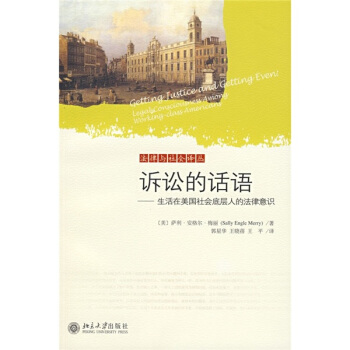
![软法的挑战 [The Challenges of Soft Law] pdf epub mobi 电子书 下载](https://pic.windowsfront.com/10791326/aa776dd5-1bd3-4191-9001-10b977c55e11.jpg)
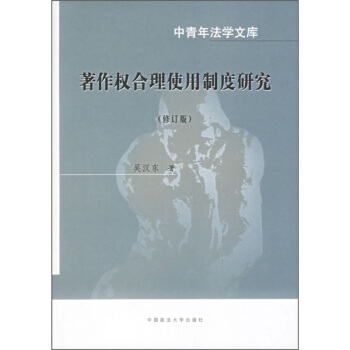
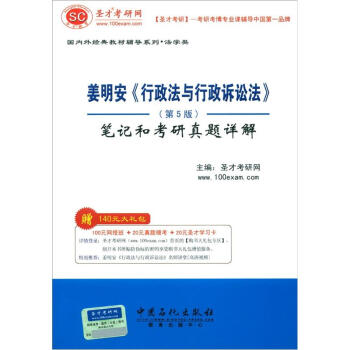
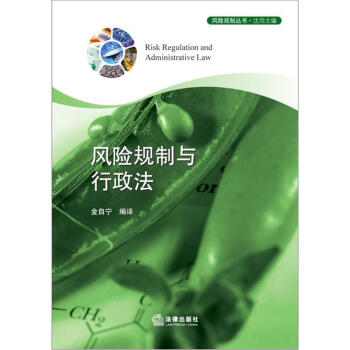
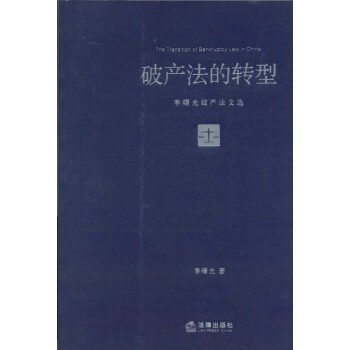
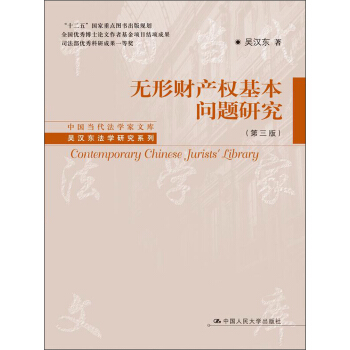
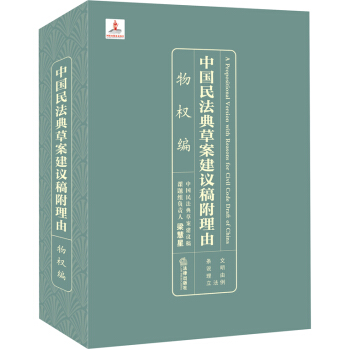
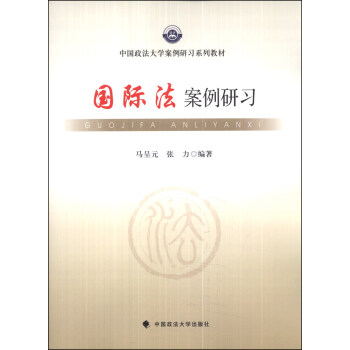



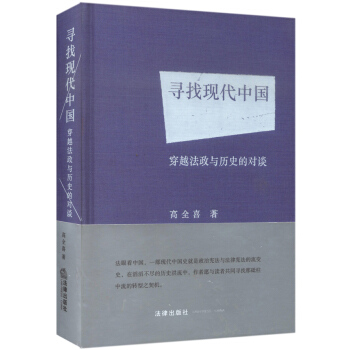
![刑法学(第五版) [Criminal Law] pdf epub mobi 电子书 下载](https://pic.windowsfront.com/11658954/54f65d01Nb8324799.jpg)
![罗马法民法大全翻译系列:学说汇纂(第二十二卷):利息、证据、对法的不知 [Corpus Iuris Civilis Digesta] pdf epub mobi 电子书 下载](https://pic.windowsfront.com/11671521/5539f6a5Nbf0d875b.jpg)


